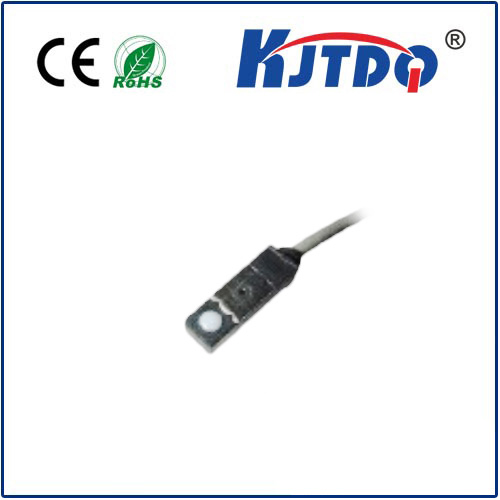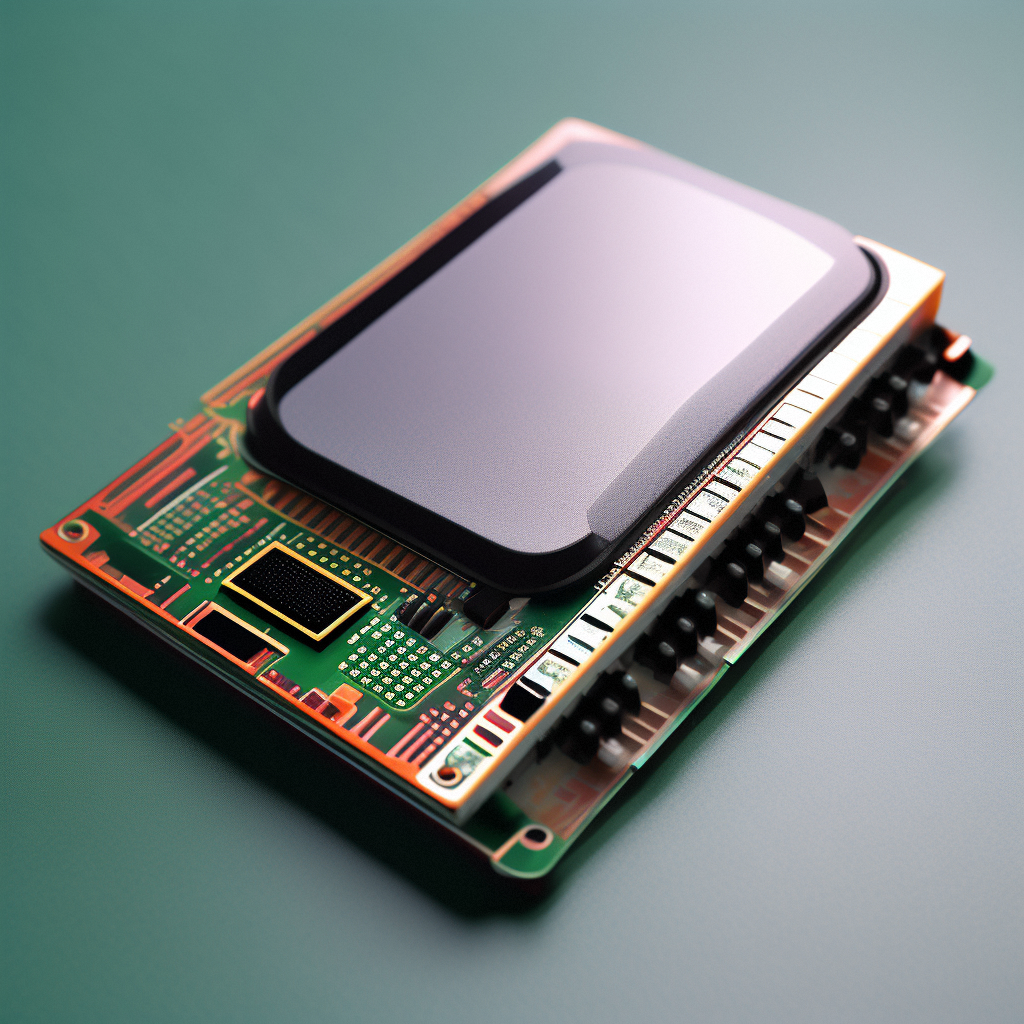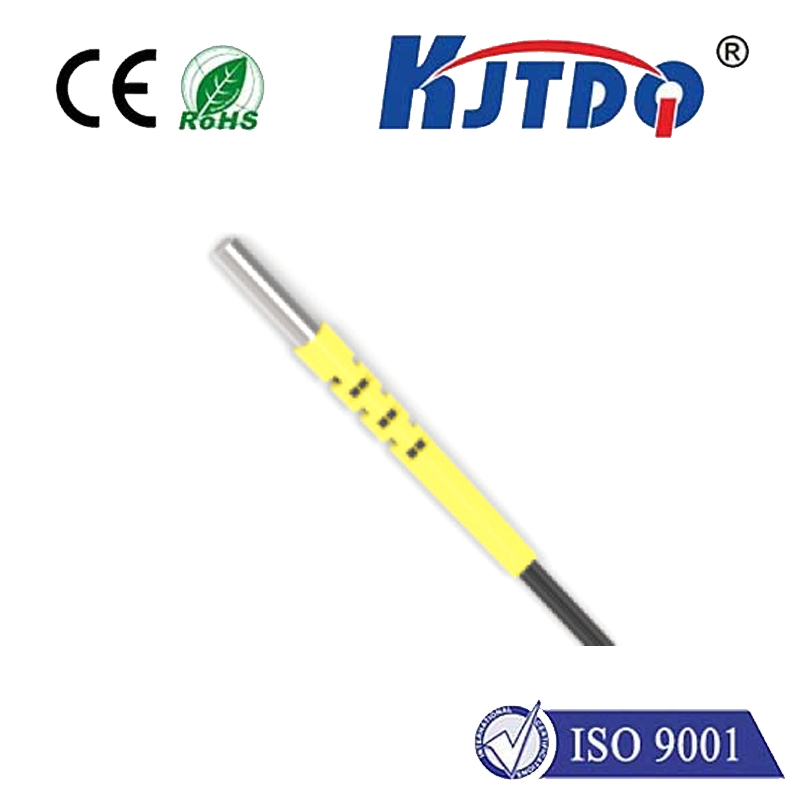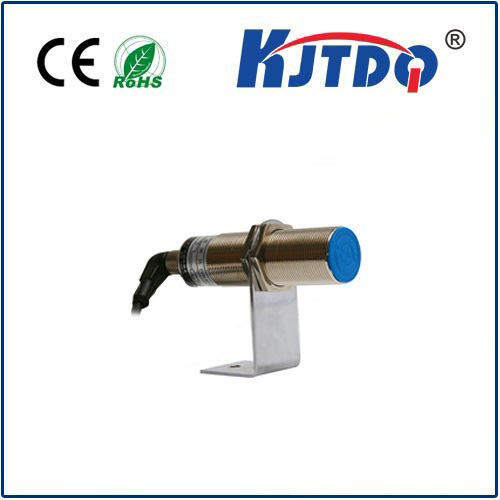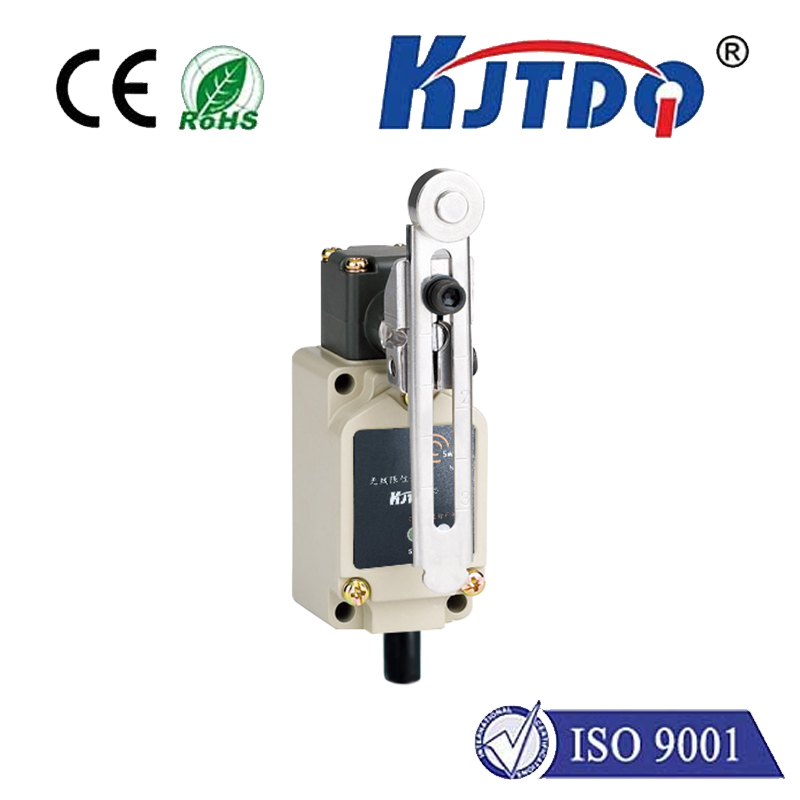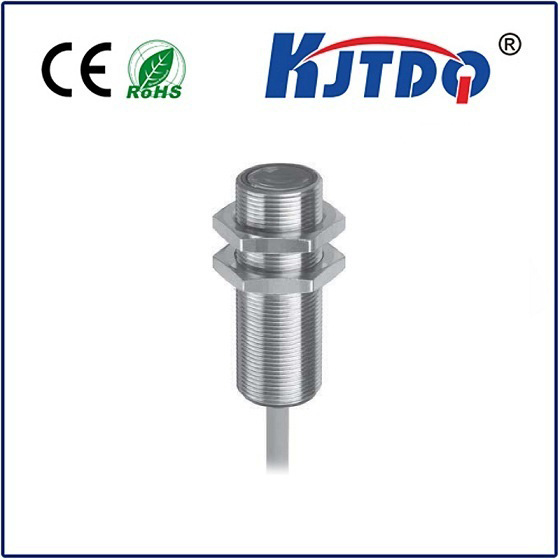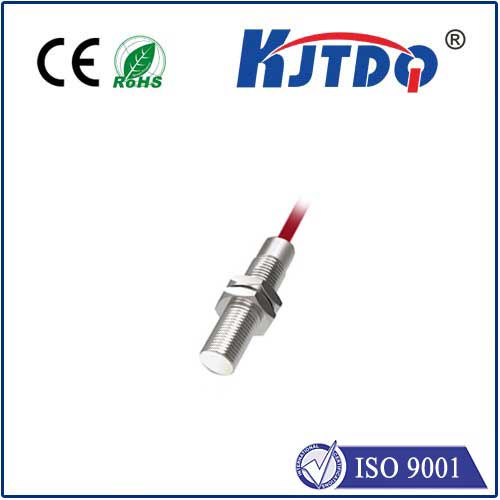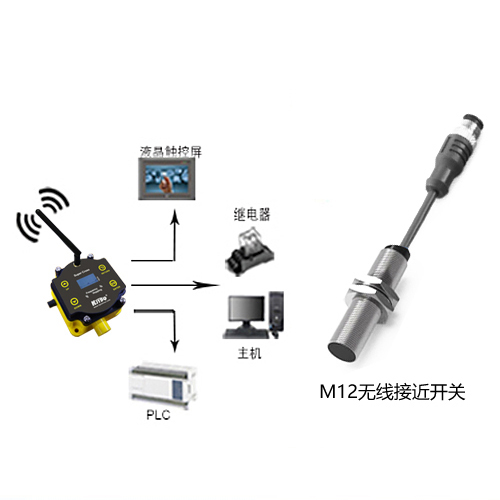proximity sensor controller
- time:2025-07-16 09:00:31
- Click:0
The Unsung Hero of Automation: Demystifying Proximity Sensor Controllers
Imagine a world where machines can “sense” nearby objects without physical contact. Where complex industrial arms halt millimeters before a collision, where your smartphone screen instantly dims during a call, or where high-speed assembly lines flawlessly detect components. This seemingly magical interaction is made possible by proximity sensors, but their true potential is unlocked by a critical, often overlooked component: the Proximity Sensor Controller.
This article delves into the vital role of the proximity sensor controller, the intelligent brain that transforms simple detection into actionable intelligence for modern automation and smart systems.
Beyond the Sensor: The Need for a Controller
While the proximity sensor itself – be it inductive, capacitive, ultrasonic, or optical – is responsible for detecting the presence or absence of an object within its defined range, it typically outputs a raw signal, often a simple voltage change or a digital pulse. This raw signal alone is insufficient for sophisticated control. It needs interpretation, conditioning, and precise timing to become useful information that a larger system (like a PLC, robot brain, or microcontroller) can act upon. This is where the proximity sensor controller steps in.
The Core Function: Signal Translation and Intelligence
Think of the proximity sensor as the eyes or fingertips, providing basic sensory input. The controller is the nervous system and initial processing unit. Its primary responsibilities are crucial:
- Signal Conditioning & Amplification: Raw sensor outputs can be weak, noisy, or susceptible to electrical interference. The controller cleans this signal, filtering out unwanted noise and amplifying it to robust, standardized levels (like 0-10V DC or 4-20mA current loops) suitable for industrial control systems.
- Threshold Detection & Switching: A fundamental task is determining when an object is detected based on a predefined threshold. The controller translates the sensor’s analog field change into a crisp, reliable digital ON/OFF signal. This digital output is the universal language for triggering actions like stopping a motor, activating a counter, or changing a robot’s path.
- Timing and Logic Functions: Advanced controllers add layers of intelligence. They can incorporate:
- Adjustable Delay Timers: Introduce time delays on the output signal (e.g., “don’t react until the object has been present for X milliseconds”).
- One-Shot Functions: Generate a single, controlled pulse output upon detection.
- Programmable Logic: Simple IF-THEN logic (e.g., “only activate output if Sensor A AND Sensor B detect something”).
- Diagnostics and Protection: Sophisticated controllers provide diagnostic capabilities like LED status indicators (power, detection, fault), short-circuit protection for outputs, and overload protection. This enhances system reliability and simplifies troubleshooting.
- Interface & Communication: While often providing simple discrete I/O (Input/Output), modern controllers increasingly feature interfaces like IO-Link. IO-Link is particularly transformative, enabling two-way digital communication. It allows for remote configuration (adjusting sensitivity, switching points, timers), real-time parameter monitoring, and detailed diagnostic data transmission back to a central control system.
Why is the Proximity Sensor Controller So Critical?
- Enhanced Reliability: Conditioning the signal minimizes false triggers caused by electrical noise or environmental factors, ensuring the system responds only to genuine detections.
- Increased Flexibility: Features like adjustable sensitivity (often via potentiometers or software), timers, and logic functions allow a single sensor/controller combo to adapt to diverse applications.
- Simplified Integration: Providing standardized robust outputs (like NPN/PNP transistors or relay contacts) makes connecting the sensor to PLCs, motor drives, or other controllers straightforward and reliable.
- Improved Diagnostics and Maintenance: Status LEDs and, especially, IO-Link communication, provide crucial insights into system health, enabling predictive maintenance and faster fault resolution.
- Optimized Performance: Precise control over switching points and timing ensures machines operate efficiently and safely at optimal speeds.
Key Applications Driving Demand
The proximity sensor controller is indispensable across numerous sectors:
- Industrial Automation: Object detection on conveyors (counting, positioning, jam detection), machine guarding (safety interlocks), end-of-stroke detection in cylinders, presence verification in assembly.
- Automotive Manufacturing: Monitoring robot paths, verifying part placement in welding and assembly, controlling paint booth doors.
- Packaging Machinery: Precise positioning of products, filling level control, label application triggers.
- Material Handling: Pallet detection on automated guided vehicles (AGVs), warehouse door activation.
- Consumer Electronics: Smartphone screen dimming during calls (capacitive sensing), lid closure detection on laptops and appliances.
- Building Automation: Presence detection for lighting control, automatic door operation, elevator door safety. The role of the controller in ensuring these interactions are seamless and safe cannot be overstated.
Choosing the Right Controller: Key Considerations
Selecting the appropriate proximity sensor controller depends heavily on the sensor type and application requirements:
- Sensor Compatibility: Inductive sensors (detecting metal) typically require controllers handling DC voltage outputs. Capacitive sensors (detecting various materials, including liquids) have specific controller needs. Ultrasonic and photoelectric sensors often integrate more complex controllers directly or require specialized modules. Matching the controller to the sensor’s output characteristics is paramount.
- Output Type: Discrete signals (NPN sinking, PNP sourcing, relay contacts) are common. Analog outputs (0-10V, 4-20mA) are needed for distance measurement applications. IO-Link offers maximum flexibility and data.
- Required Features: Assess the need for timers, logic functions, sensitivity adjustment, diagnostic capabilities, and protection levels (IP rating for environmental resistance).
- Power Supply: Voltage range compatibility (e.g., 10-30V DC) must match the system power.
- Connectivity: Simple screw terminals, plug-in connectors (M8/M12), or integrated cables? IO-Link requires specific master modules.
The Future: Smarter Control at the Edge
The evolution continues. The integration of proximity sensor controllers with IO-Link and similar standards represents a significant shift. It moves basic configuration, monitoring, and diagnostic intelligence closer to the sensor itself – “at the edge.” This reduces complexity at the central PLC level, streamlines data collection, and empowers more granular control and predictive maintenance capabilities. The humble proximity sensor controller is increasingly becoming a smart node in the broader Industrial Internet of Things (IIoT) ecosystem.
Conclusion
While proximity sensors provide the essential sense of touch to machines, it is the proximity sensor controller that provides the crucial interpretation and command capability. By transforming raw detection signals into reliable, intelligible, and actionable data, these controllers are the silent workhorses ensuring safety, efficiency, and precision in countless automated processes. Understanding their function is key to designing robust, reliable, and intelligent systems across modern industry and technology. From the factory floor to the device in your pocket, the proximity sensor controller plays a vital, foundational role.





